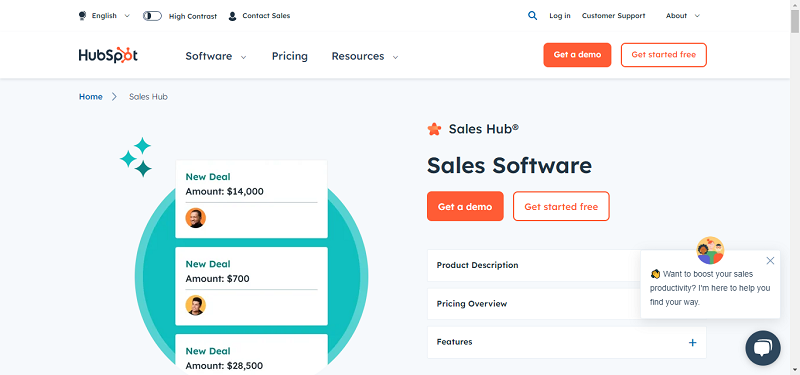Today, more than ever before, employees are working while on-the-go. The ease with which a worker can enjoy a coffee-café latte in one hand and click “send” with the other is made possible by the explosion of mobile devices and mobile cloud-based applications. According to IDC, more than 96.2 million mobile employees are taking advantage of the mobility offered by today’s technologies.
To best protect these users while mobile, companies need to change their security strategy.
Traditionally, businesses have invested heavily in securing their infrastructure and endpoints— the security of the data lies within the four walls.
These walls quickly become ineffective when using cloud-based apps. Your firewall and network monitoring solutions? Traffic flies right through. Endpoint software? On a phone? Even if AV companies had software to install, will your users even install it?
Last, migration to cloud apps makes passwords (and related authentication solutions) the key to any security strategy. A loss of a password to an attacker can be detrimental. Regardless of whether they are using laptops, tablets, or phones, employees are using passwords that need to be protected. Passwords have become the key battleground for cloud-enabled organizations.

We’ve seen a sharp increase in two types of attacks focused on mobile workers that are trying to steal credentials. In addition, mobile devices continue to be prime targets for Malware attacks.
Proximity-focused attacks: In this type of attack, a cybercriminal creates a fake wireless access point in a public area, such as an airport, in the hopes of tricking their victims into connecting. Mobile workers searching through the longlist of airport Wi-Fi options until they find one that doesn’t require a password may be susceptible to this attack method. Hackers will set up a fake network service in hopes a user will click on it, giving the attacker access to much of the sensitive information and credentials from the device.
Phishing attacks: With a phishing attack, a cyber-criminal usually generates a fake email pretending to be someone they’re not and requests money, passwords or account numbers to take over a victim’s finances, steal sensitive information or hold their account hostage until a ransom is paid. While mobile devices receive phishing attacks via email, they can also receive them from text messages, communications apps, social media and practically anywhere a mobile device can receive a message. This not only increases the number of phishing attacks on mobile devices but the susceptibility of users falling victim to this type of attack.
Malvertising and malware attacks: We have observed a sharp increase in attackers buying malicious ads and getting them placed on high-traffic websites. These ads find Vulnerabilities in browser software and then exploit the system to install ransomware or more persistent malware. According to Nokia’s global Threat Intelligence Report, 2016 saw the highest level of mobile device malware infections since 2012 with smartphone malware infections rising nearly 400 percent.
The explosion of mobile workers is pushing companies to develop cloud-based security for their mobile devices. In the next article, I’ll talk about what those security strategies should look like.
By Todd O’Boyle





